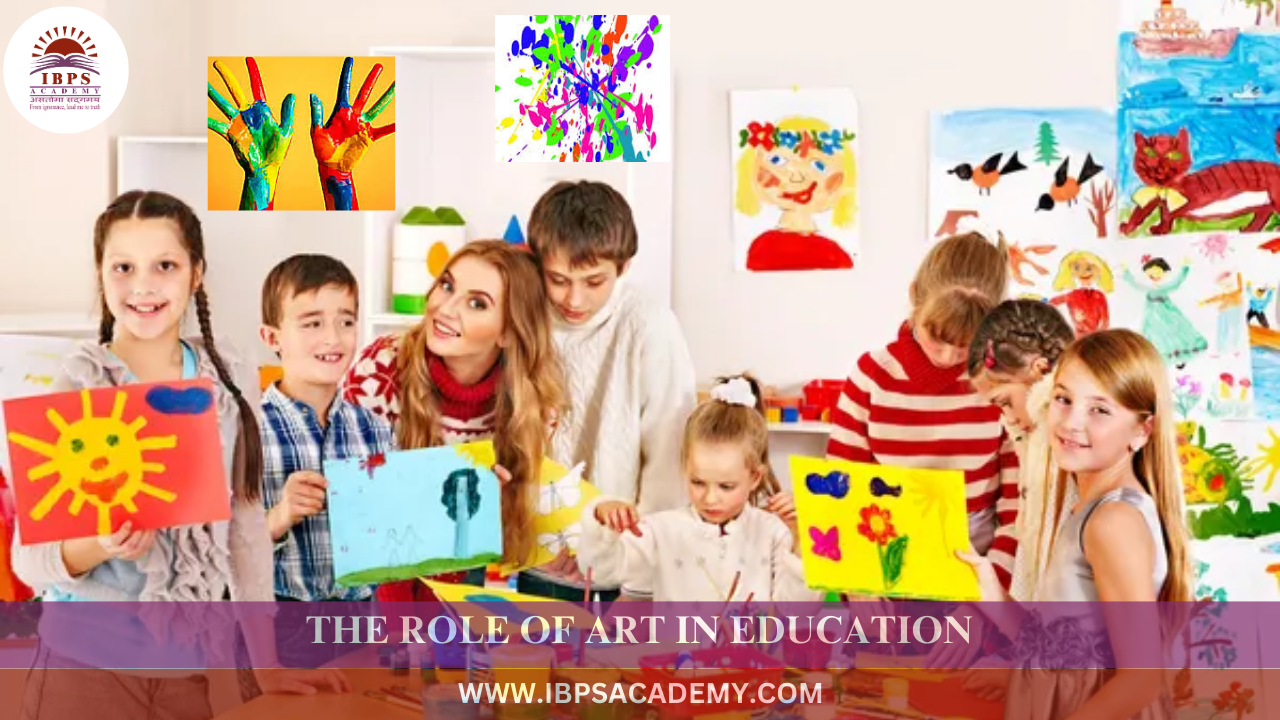

Art plays a significant and multifaceted role in education, benefiting students in numerous ways beyond just developing their creative abilities. Here are some key aspects of the role of art in education:
Art nurtures students' creativity, allowing them to think outside the box, explore new ideas, and express themselves in unique ways. This creativity can translate into innovative thinking in other subjects and problem-solving situations.
The process of creating art often involves experimentation, decision-making, and reflection, which helps develop critical thinking skills. Students learn to analyze situations, evaluate different approaches, and solve problems effectively.
Art can serve as an emotional outlet, helping students to express their feelings and emotions in a safe and constructive manner. This can foster emotional intelligence, empathy, and self-awareness. In collaborative art projects, students also learn teamwork, communication, and collaboration skills.
Studies have shown that students who engage in art education tend to perform better in other subjects. This could be due to the skills developed in art, such as attention to detail, perseverance, and focus, which can enhance their learning in math, science, and language arts.
Art exposes students to different cultures, histories, and perspectives, fostering a deeper understanding of the world around them. It helps students appreciate diversity, encouraging them to embrace different traditions and viewpoints.
Completing an art project provides a sense of accomplishment and pride. This boost in self-confidence can have positive effects on students' overall well-being and motivation to tackle challenges in other areas of their education.
Especially in younger students, activities like drawing, painting, and sculpting help improve fine motor skills and hand-eye coordination. These skills are essential not only in art but also in tasks like writing and using technology.
In today’s media-saturated world, the ability to understand and interpret visual information is critical. Art education helps students develop visual literacy, enabling them to analyze and understand the messages conveyed through images, symbols, and design.
Art education helps cultivate a lifelong appreciation for art and culture, enriching students' lives and fostering creativity outside the classroom. Exposure to art can lead to a deeper engagement with different forms of cultural expression throughout one's life.
Students can use art as a medium to express their thoughts, feelings, and ideas in a way that words may not fully capture. This can be especially beneficial for students who struggle with verbal communication or have learning disabilities
In conclusion, the role of art in education extends far beyond just fostering creativity. It plays a vital part in the development of critical thinking, emotional intelligence, cultural awareness, and academic achievement. Art provides students with the tools to express themselves, collaborate with others, and explore diverse perspectives, all while building confidence and problem-solving skills. By integrating art into education, we empower students to approach challenges with innovation and empathy, enriching their learning experience and preparing them for success in all areas of life. Art is not just an elective; it is a powerful educational tool that nurtures well-rounded, thoughtful individuals.
